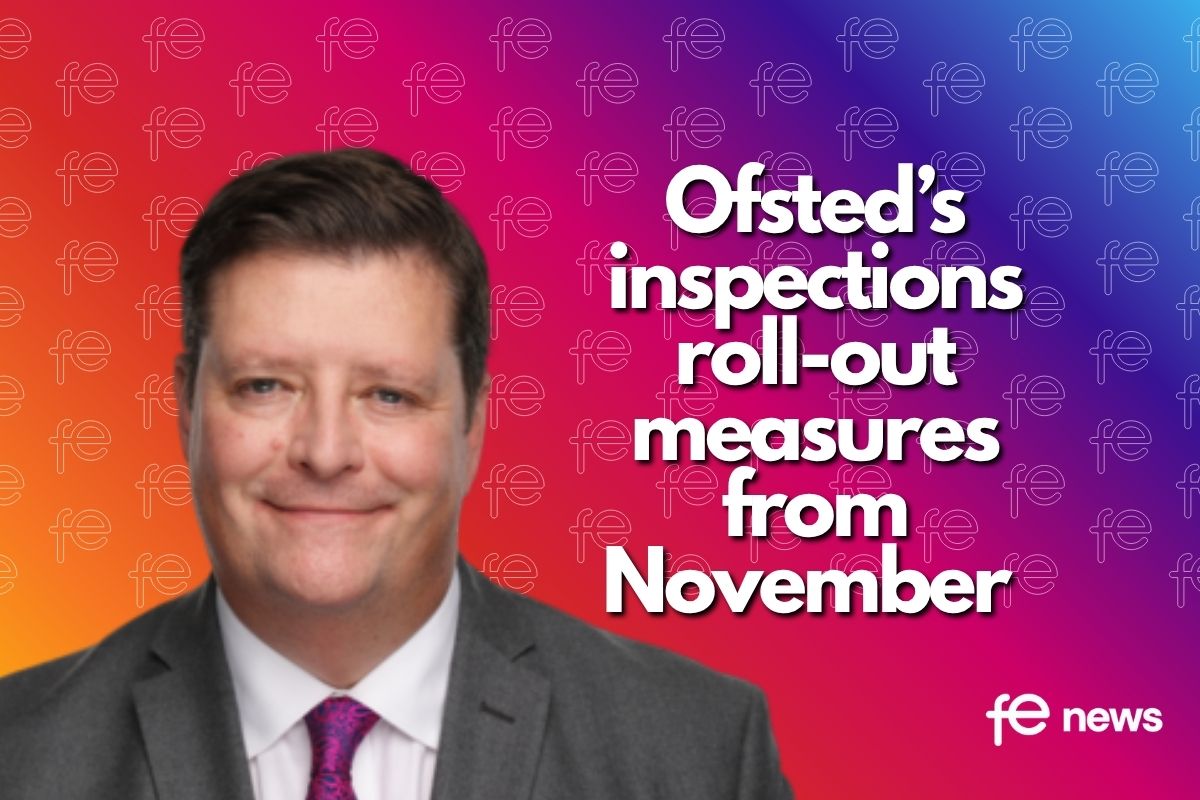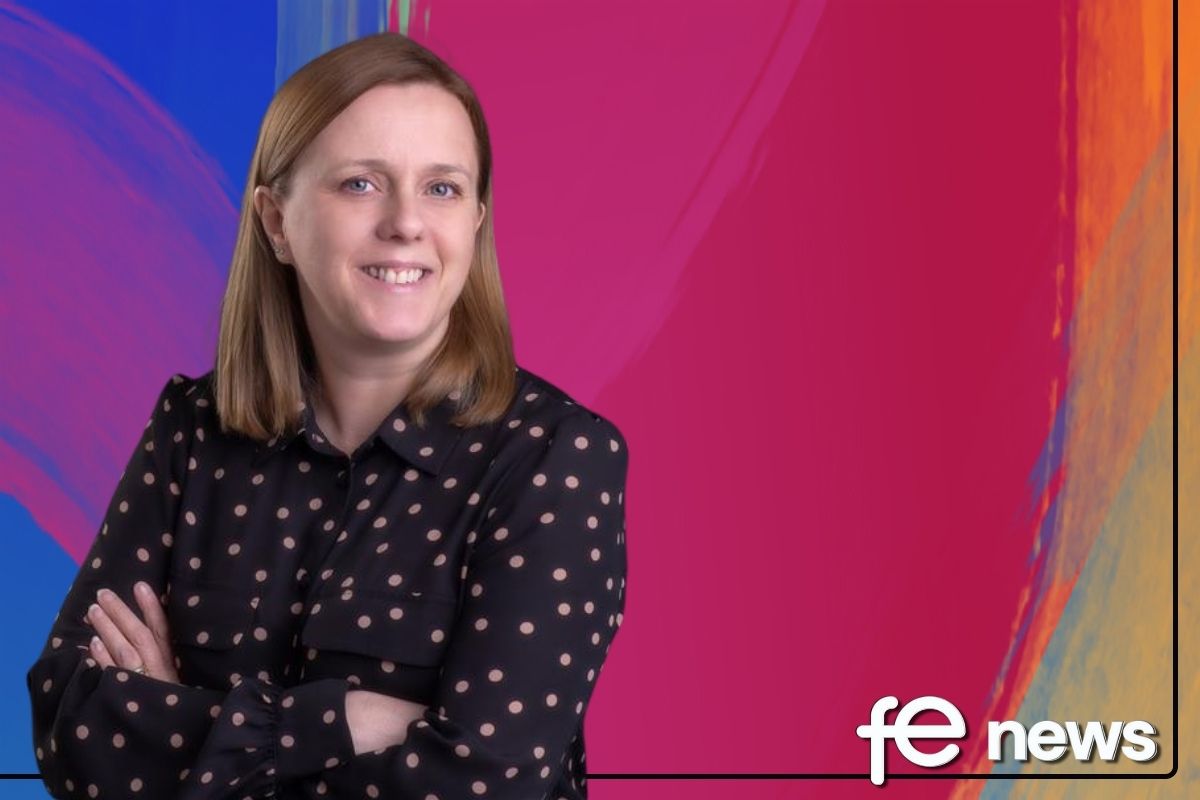Department for Education publishes new research on pupil learning loss

New research on pupil learning loss from the pandemic published by the Department for Education (@educationgovuk)
Today the Department for Education (DfE) has published new research on the extent of learning loss among pupils in England during the summer and spring terms.
The research, which provides new evidence on the impact of the pandemic on pupils’ school attainment, was carried out by the Education Policy Institute (EPI) and Renaissance for the Department.
The analysis from EPI researchers considers the extent of pandemic learning losses at both a national and regional level, in primary and secondary schools, and by pupil characteristics – including among pupils from different socio-economic backgrounds.
The research is comprised of two new DfE reports, one examining pupil learning loss during the spring term 2021, and another covering pupil learning loss during the more recent summer term 2021.
“Learning loss” refers to the months of learning pupils are behind following the pandemic, compared to a typical, pre-pandemic school year.
The new findings have been published today by the government here: https://www.gov.uk/government/publications/pupils-progress-in-the-2020-to-2021-academic-year-interim-report
The full table of all the learning loss findings is summarised in Table 1 on p.12 in the summer report, here.
Key findings from the EPI-Renaissance research for the DfE:
Pupil learning loss at a national level
Average learning losses for primary school pupils were over 2 months in reading and over 3 months in maths by the end of the spring term, before recovering by the summer term as pupils were able to return to in-person learning in schools:
- At a national level, following restrictions to in-person education, by the end of the spring term (March 2021), average learning losses were 3.4 months in maths and 2.2 months in reading for pupils in primary school.
- By the summer term (June 2021), losses remained substantial, but had recovered to 2.2 months in maths and 0.9 months in reading for pupils in primary school.
- Secondary school pupils did not recover as much as pupils in primary schools. In reading, secondary pupils saw losses of 1.5 months of learning by the autumn term (2020), but by the summer term (2021), losses were still 1.2 months.
Learning loss for pupils from disadvantaged backgrounds and deprived areas
Pupils from disadvantaged backgrounds (those eligible for free school meals at some point over the last 6 years) have consistently lost more learning than their more affluent peers throughout the course of the pandemic:
- At a national level, by the end of the spring term, learning losses for disadvantaged pupils were 4.2 months in maths and 2.7 months in reading for pupils in primary school.
- Then, by the summer term, learning losses for disadvantaged pupils recovered to 2.6 months in maths and 1.2 months in reading for pupils in primary school.
- In contrast, disadvantaged pupils in secondary schools had fallen further behind by the summer. In reading, losses in the autumn term (2020) were 1.9 months for secondary disadvantaged pupils. By the summer term (2021), they rose to 2.4 months.
- These disparities provide evidence of a widening of the “disadvantage gap” – the gap in school attainment between disadvantaged pupils and their peers. EPI estimates that the relative learning loss for disadvantaged pupils over the course of the pandemic is the equivalent of losing up to a third of the progress made over the last decade in narrowing the disadvantage gap in primary.
As well as individual pupil disadvantage, the deprivation of the area in which a pupil lives also plays a role in learning loss – with pupils from the most deprived areas of England also seeing greater losses regardless of individual pupil levels of deprivation:
- More affluent pupils living in areas with higher levels of deprivation saw a similar degree of learning loss to disadvantaged pupils in areas with low levels of deprivation (for example, both saw 0.9 months in reading in the summer term in primary).
- Disadvantaged pupils living in the most deprived areas saw the largest losses overall, of 3.0 months in maths at primary, 1.2 months in reading at primary, and 2.7 months in reading at secondary, by the summer term.
Pupil learning loss at a regional level
There appear to be significant disparities in learning losses at a regional level, with pupils in some regions experiencing larger learning losses than in other parts of the country. Some regions also look to have experienced a far greater level of recovery in the summer term, while other regions experienced larger losses by this period.
Note: in some areas the sample sizes were relatively small – figures should therefore be taken as indicative of relative size of effects rather than precise estimates.
By the end of the spring term and then the summer term (2021), average regional learning losses in maths for pupils in primary school were:
- East Midlands: -4.9 months (by the end of the spring term), and then -6.0 months (by the summer term)
- East of England: -4.0 months / -3.0 months
- London: -3.0 months / -0.8 months
- North East: -6.0 months / -4.1 months
- North West: -1.3 months / -3.6 months
- South East: -2.7 months / -1.9 months
- South West: -1.6 months / +0.2 months
- West Midlands: -7.0 months / -3.6 months
- Yorkshire and the Humber: -5.6 months / -1.9 months
Regional learning losses for reading and for secondary school pupils can be found in the summer learning loss report on p.12 and p.46.
The relationship between school absence and learning loss
There is an association between the level of pupil absence in a school and the extent of learning losses. The more time pupils spent in school when schools re-opened for all pupils, the smaller the degree of learning loss:
- In the autumn term (2020), schools with a low level of pupil absence saw average learning losses of around 2.1 months in primary maths, compared to losses of 3.8 months for schools with a high level of pupil absence.
- In the spring term (2021), schools with a low level of pupil absence saw average learning losses of around 3.2 months in primary maths, compared to losses of 4.7 months for schools with a high level of pupil absence.
While there is a correlation between absence and learning loss, the relationship is not causal, as there may be other factors influencing it (absence may be linked with disadvantage, less engagement with school, parental involvement, or extenuating medical circumstances, for example).
Findings on pupil absence at an individual level, in reading, and in secondary schools, can be found in full in the summer learning loss report on p.50.
Sector Response
Commenting on the new research, Jon Andrews, report co-author and Head of Analysis at the Education Policy Institute (EPI), said:
“This research shows that pupils faced substantial learning losses by the summer of 2021 – though they had been reduced from the much higher losses seen during the lockdown in March.
“While average learning losses fluctuated over the academic year, one trend has remained very clear and consistent throughout – pupils from disadvantaged backgrounds and deprived areas have suffered greater losses than their peers. It is also a concern that pupils in parts of the north of England and the Midlands have lost out more compared to those in the south.
“For the first time, we have examined the relationship between school absence and learning losses – finding an association between the two. These findings could have significant implications for schools and pupils as they continue to respond to the ongoing disruption caused by the pandemic.
“Supporting all pupils through effective education recovery interventions will remain critical in the months and years ahead. It’s important that we provide extra targeted support to pupils from disadvantaged backgrounds and those living in areas that have seen larger learning losses.”
John Moore, Managing Director UK/Australia at Renaissance, added:
“This report is the culmination of our year-long project with the EPI, for the Department for Education, and provides a detailed picture of the true impact of the disruption caused by COVID-19 on pupils’ learning. Renaissance’s Star Assessments are used by schools in all areas of England and thus shine a light on the disproportionate impact of the disruption on pupils from disadvantaged backgrounds, as well as highlighting regional differences. The report analyses extensive longitudinal data provided by schools before and during the pandemic and provides clear evidence that the gap between disadvantaged pupils and their peers has started to widen.
“We know how much is being done to support recovery, and Renaissance remains committed to working with schools to make data and insights easy to find, understand, and act upon, to help us all to learn from the past and plan for the future.”
Commenting on a Department for Education-commissioned report on learning loss experienced as a result of the pandemic, which was carried out by the EPI and Renaissance, Dr Mary Bousted, Joint General Secretary of the National Education Union, said:
“Teachers worked hard for all their pupils throughout the pandemic and the needs of disadvantaged is of paramount importance to school and college leaders and their staff. Throughout summer term 2021 we called on Government to get a grip on Covid, but instead they allowed both the virus and absence rates to spiral. This inevitably has an impact on young people’s learning, and it is in the less affluent parts of the country – and in crowded homes – where Covid transmission is more likely to be higher.
“The Government’s recipe for autumn has been not only more of the same but even fewer mitigations. Their corner-cutting on education recovery, which persists in this week’s budget, makes it abundantly clear that the Prime Minister’s commitment to ‘repaying’ the generation of school pupils affected by the Covid pandemic is just words. If this really was his priority, he would have insisted that education recovery was given the funding it needs rather than being short-changed by billions of pounds.”
Paul Whiteman, general secretary of school leaders’ union NAHT, said:
“Over recent months, virtually every education expert worthy of the name has called on government to take seriously the deep social, economic and educational impact of the pandemic on our nation’s children. This report shows the scale of the challenge in some areas.
“The Coronavirus pandemic has impacted pupils in very different ways, with some much more able to continue their learning than others. It is, of course, the pupils who we were most concerned about before the pandemic who have faced the greatest challenges during lockdown, and we have seen a widening disadvantage gap as a result.
“The government could have ameliorated some of this by acting faster to ensure all children have equal access to technology and connectivity in order to continue learning remotely.
“However, we should remember that the ‘disadvantage gap’ existed long before the pandemic. The fundamental issues creating disadvantage must be addressed by government if we are to make a real difference in the future.
“Sadly, the investment from the government announced this week falls far short of what is needed. The increase in per pupil spending announced takes us back to 2010 levels, representing a failure to invest in children’s futures for over a decade.
“Schools will do their best with what they are given, as they always do. This report shows some progress made by educators once children returned to schools in the 2021 summer term. It is important that schools are able to spend the recovery money they are given flexibly on the programmes they know work best for the children in most need in their schools.
“But if schools are to fully play their part in healing the scars left by covid-19, be that educational, developmental or emotional, they and other key support services must be given the additional support, funding and resources they need to do so.”











Responses